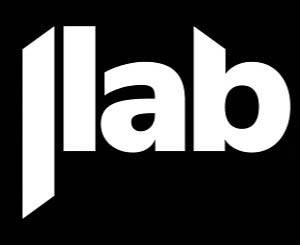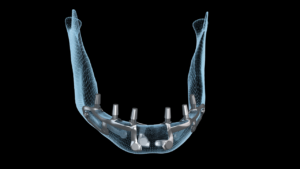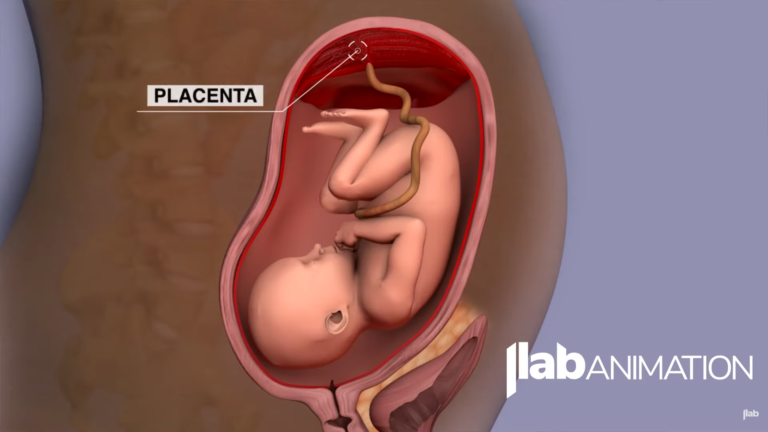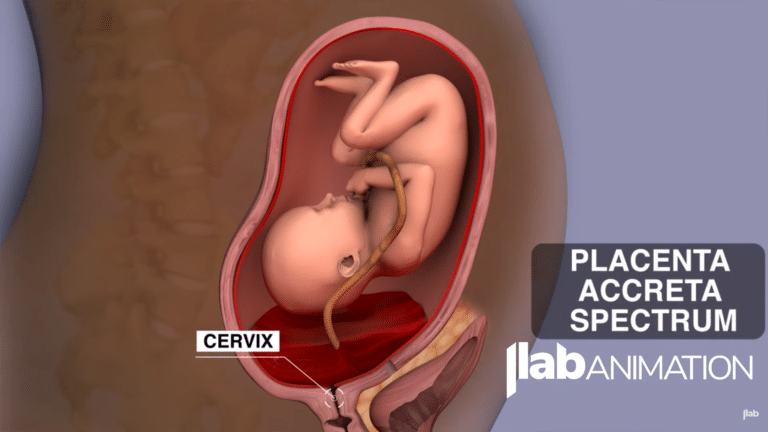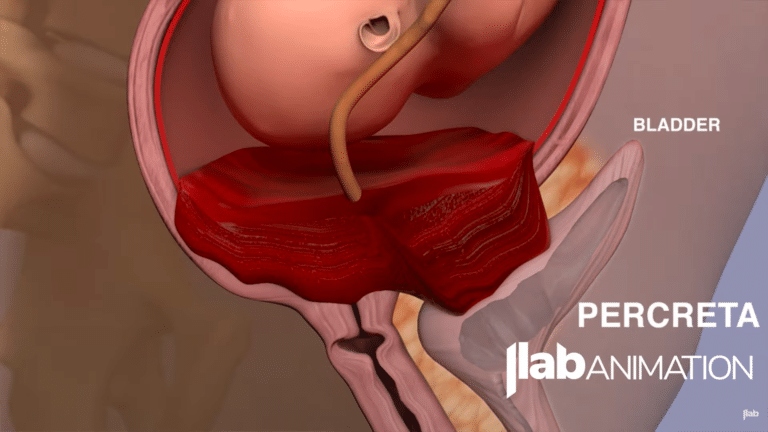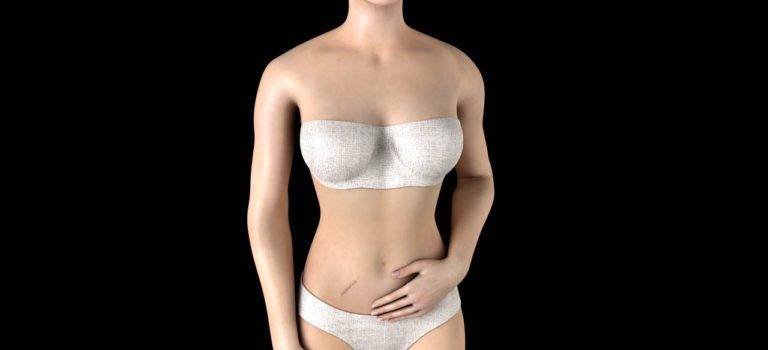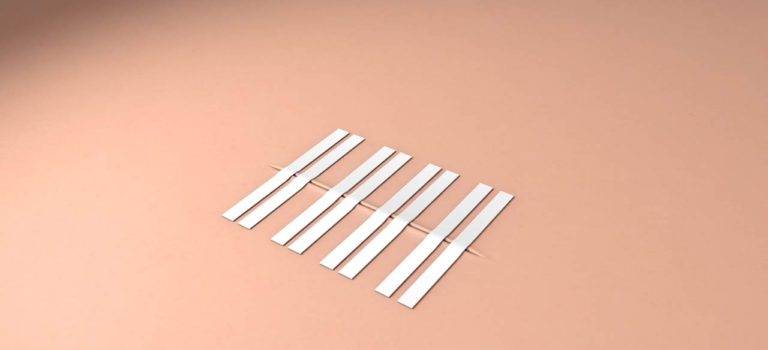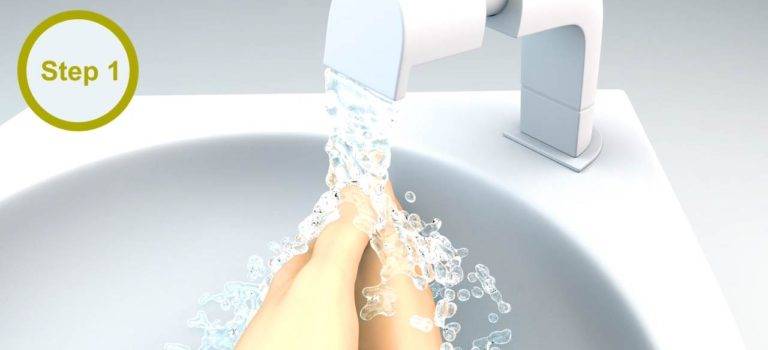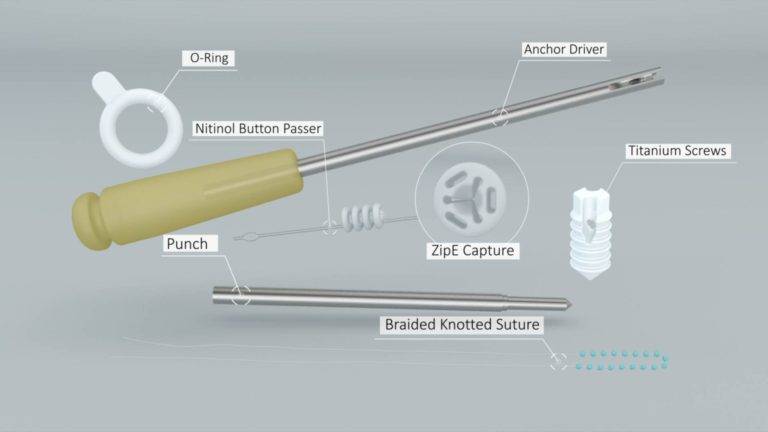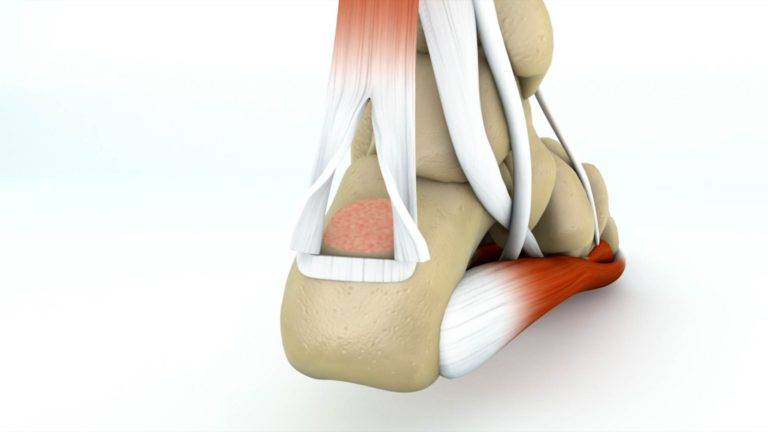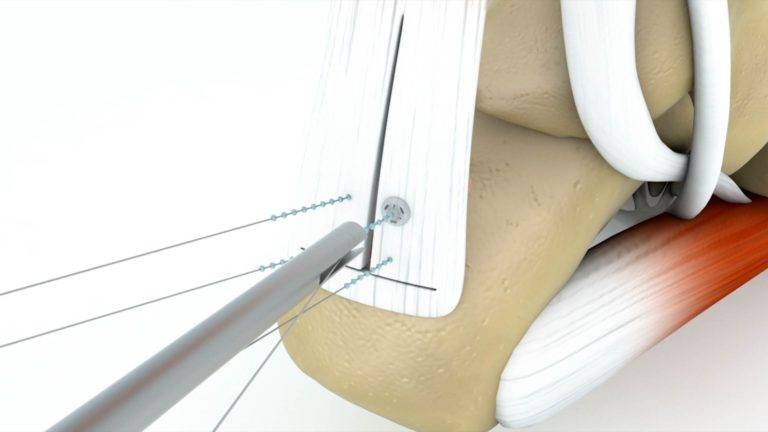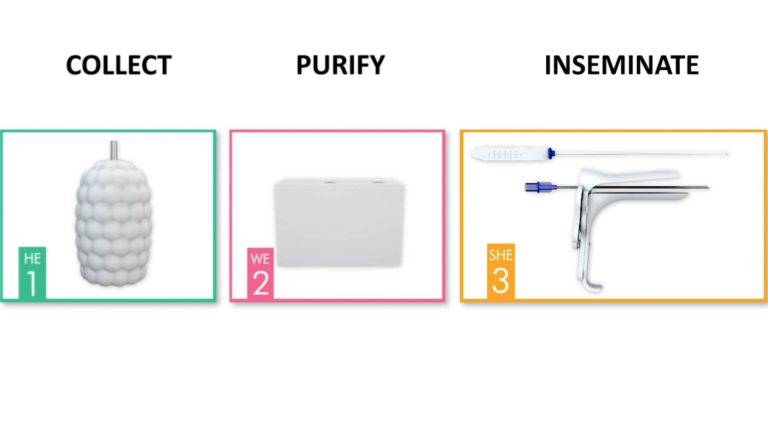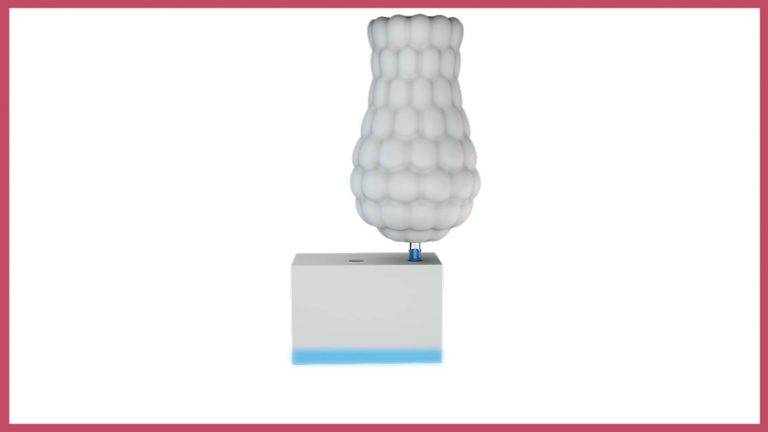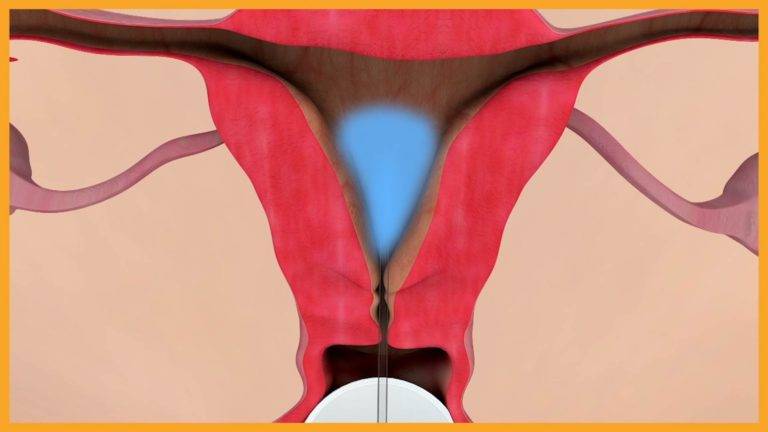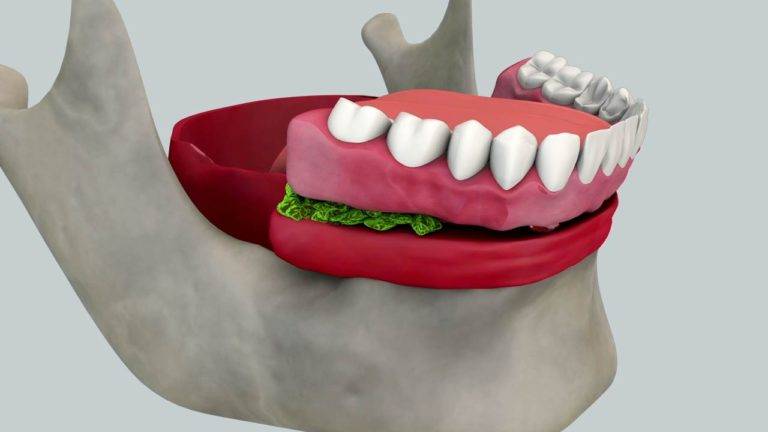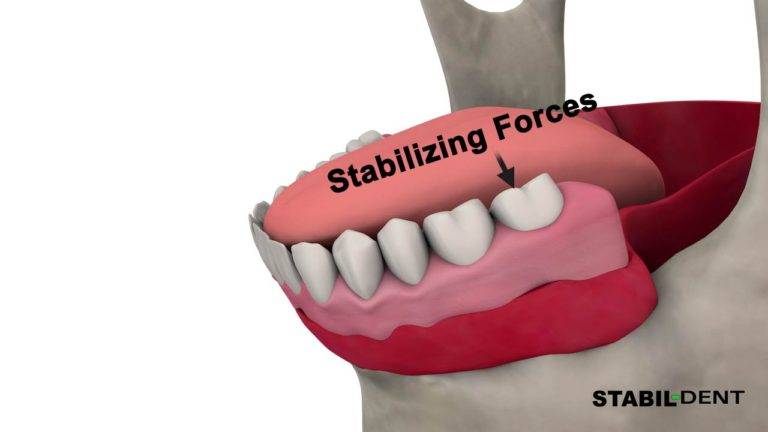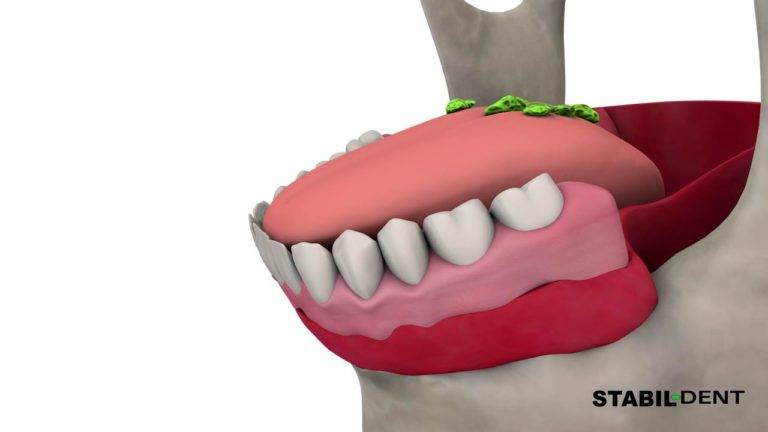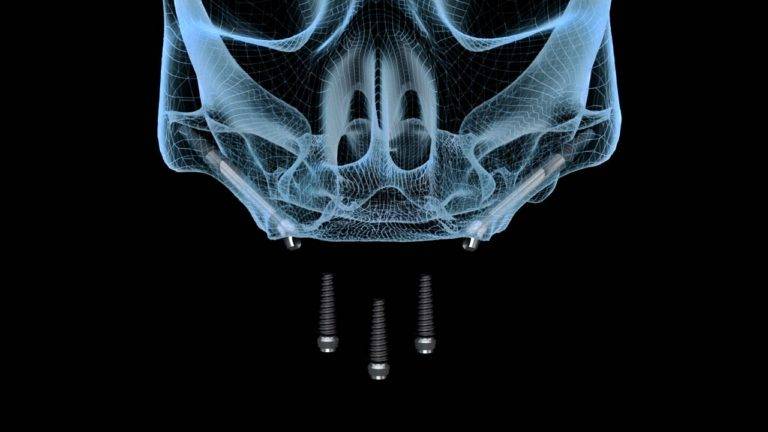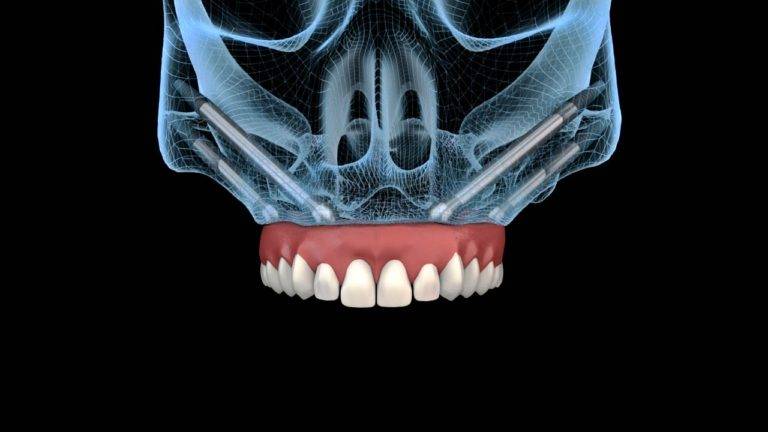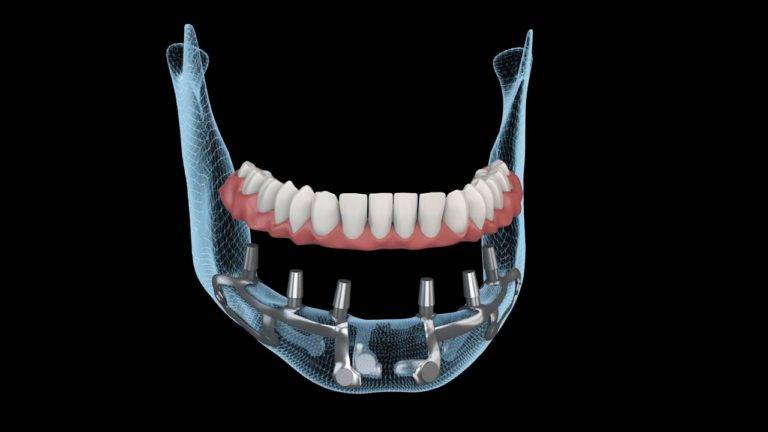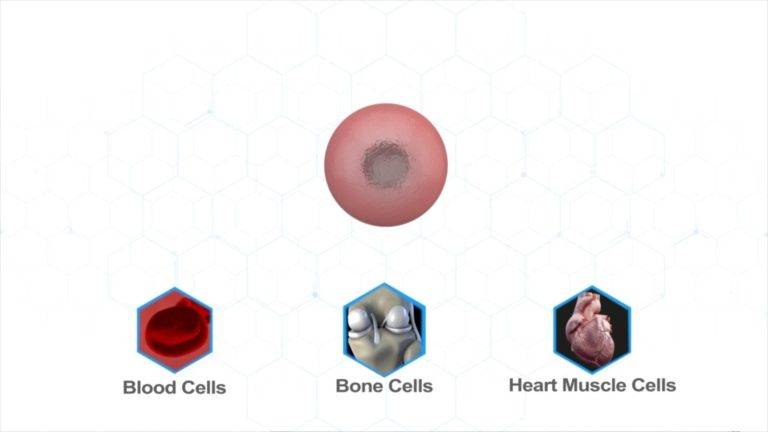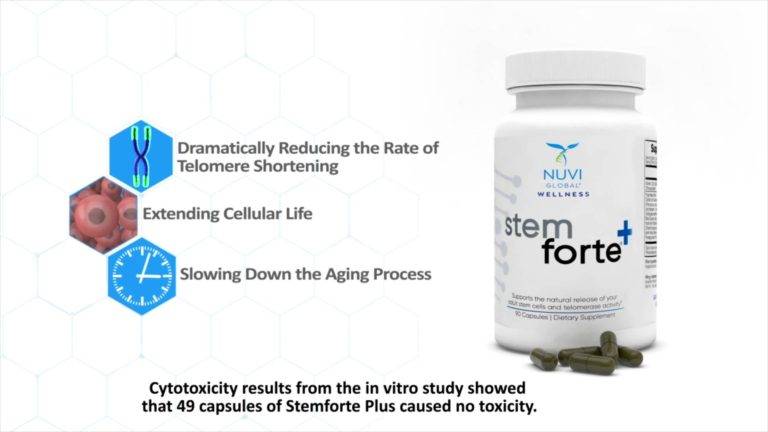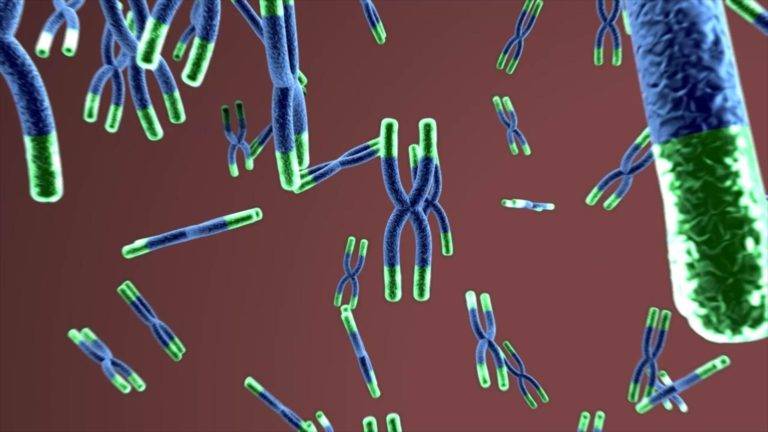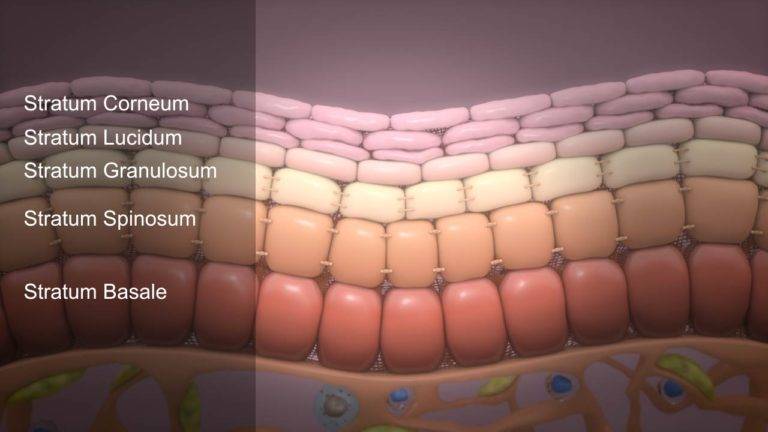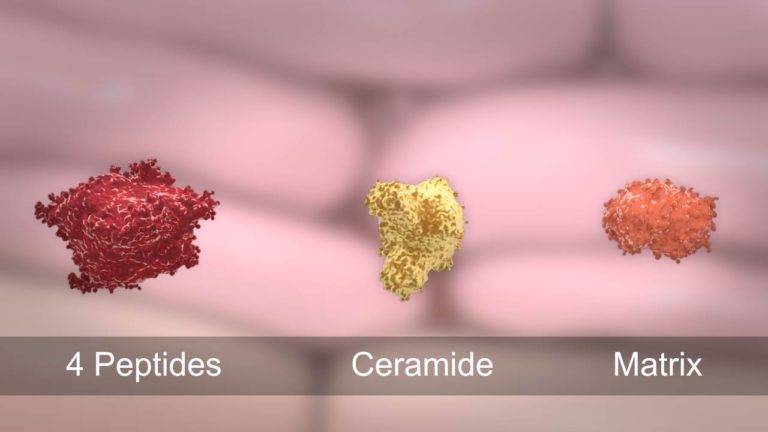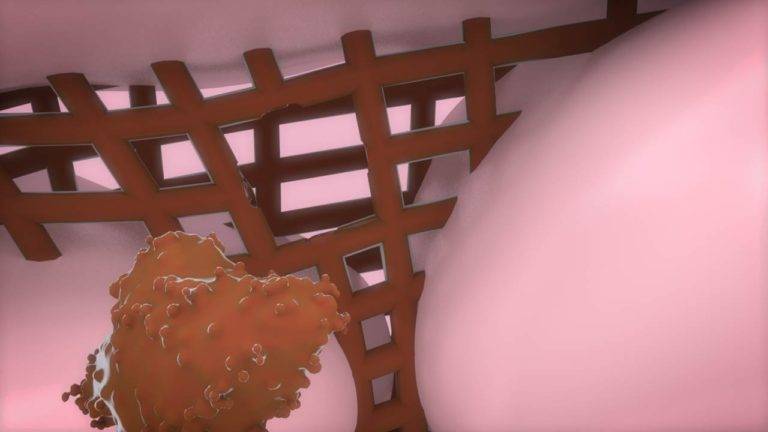3D medical animations have revolutionized the way we approach surgical procedures, providing a highly effective tool for education, planning, and patient communication. These animations offer detailed, accurate, and interactive depictions of human anatomy and surgical techniques, helping both medical professionals and patients understand complex concepts more clearly.
Traditionally, surgical procedures have been explained through text, diagrams, or even static images. However, these methods often fail to fully convey the complexity of the human body and the intricacies involved in surgery. Text alone can be ambiguous, while static images can only show a limited perspective. 3D medical animations bridge this gap by providing dynamic, real-time visualizations that allow for a deeper understanding of anatomy and surgical methods.
One of the key benefits of 3D medical animations is their ability to bring complex procedures to life in a visually engaging way. Surgeons can view a procedure from multiple angles, zooming in on specific areas of the body to see the surgical steps in intricate detail. This flexibility is essential for understanding the relationship between various anatomical structures and how they interact during surgery. By showing the movement of tissues, the precise positioning of instruments, and the step-by-step process of surgery, 3D animations create a comprehensive, intuitive learning experience.
For medical professionals, these animations serve as an invaluable educational tool. Surgeons can use them to prepare for complex procedures by reviewing every step and visualizing potential complications before stepping into the operating room. Students and trainees also benefit from 3D animations, as they allow for a deeper understanding of anatomy and surgical techniques that might otherwise be difficult to grasp through text-based materials alone. Interactive 3D models give students the ability to explore the human body from every angle, gaining a better sense of spatial relationships and the movements involved in surgery.
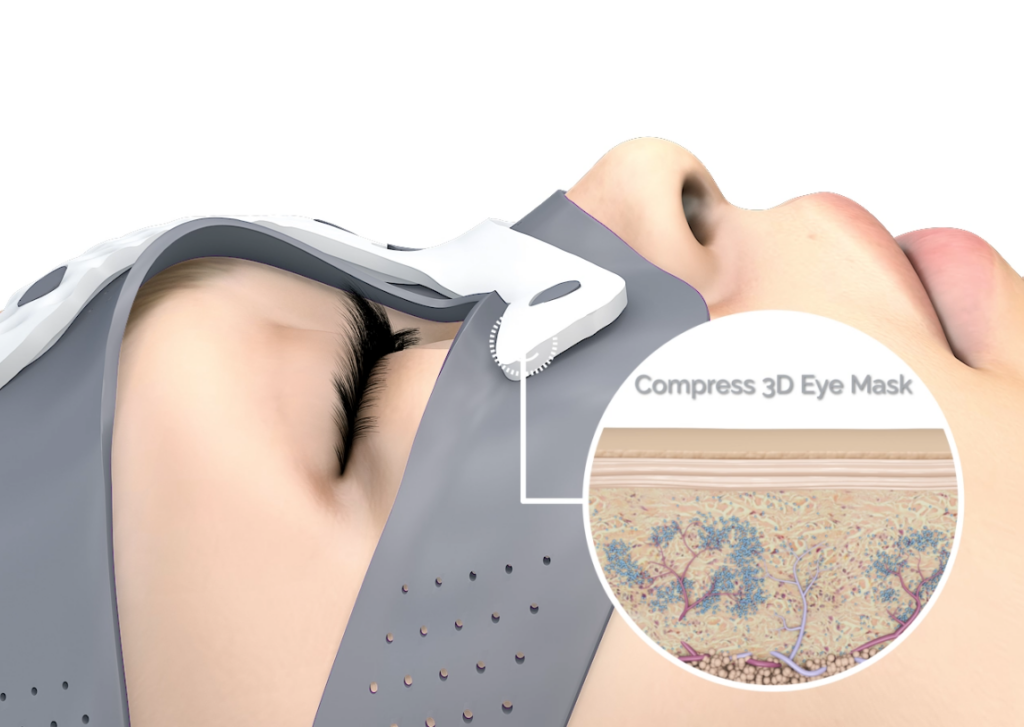
The use of 3D animations extends beyond education. In surgical planning, these visual tools help surgeons plan procedures with greater accuracy. By reviewing animated models of the patient’s anatomy, surgeons can identify potential challenges and make informed decisions before performing the surgery. This can be particularly helpful for intricate surgeries, such as neurosurgery or heart surgery, where precision is crucial. The ability to visualize and simulate different scenarios can also lead to improved surgical outcomes, as it helps surgeons anticipate potential issues and refine their techniques.
For patients, 3D medical animations offer a clear and easily understandable explanation of their diagnosis and treatment plan. Watching a dynamic animation that shows how a procedure will be performed helps demystify the process and reduces anxiety. Patients can better understand the steps involved in their surgery, the risks, and the expected outcomes, leading to more informed consent and greater comfort with the treatment plan.
One of the most powerful aspects of 3D medical animations is their ability to communicate complex ideas in a visually engaging manner. People often find it easier to understand concepts when they can see them in action rather than reading through dense, technical text. The interactive nature of 3D animations allows users to explore a model in detail, giving them control over what they see and how they view it. This kind of visual interaction promotes active learning and enhances retention, making it an essential tool in both medical education and patient communication.
Ultimately, 3D medical animations are a game-changer in the world of surgery. By providing a visual, interactive, and comprehensive way to understand the human body and surgical procedures, these animations improve education, surgical planning, and patient communication. They offer a level of clarity and precision that traditional methods simply cannot match, making them an invaluable resource in modern medicine.

